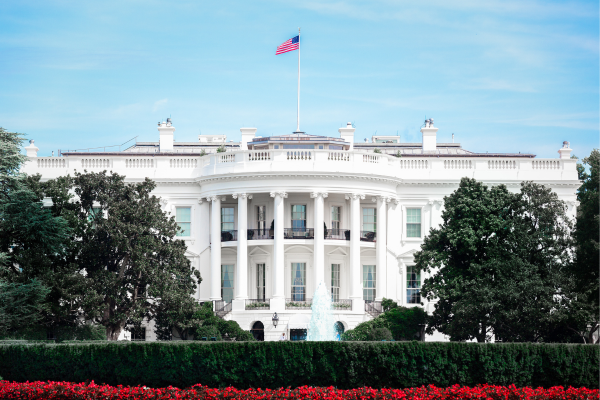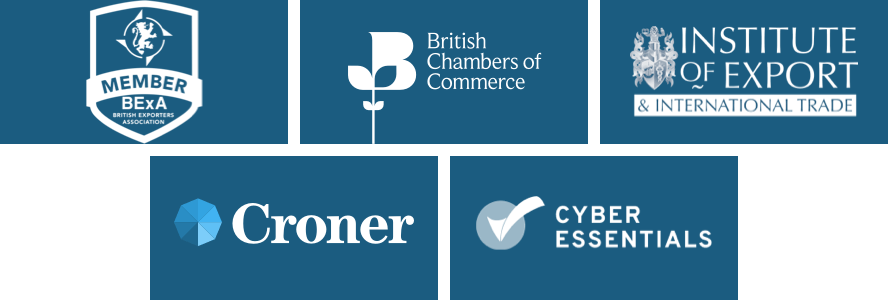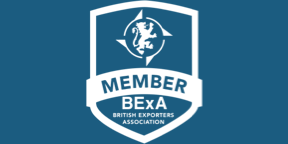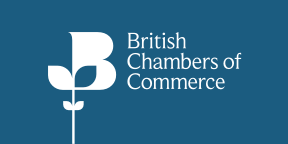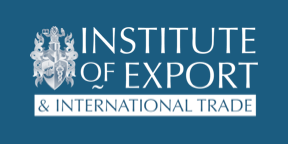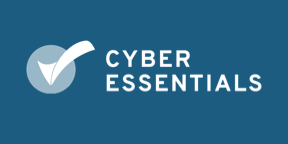Trade compliance challenges of supplying a ship drilling platform – accurate tariff classification is the key
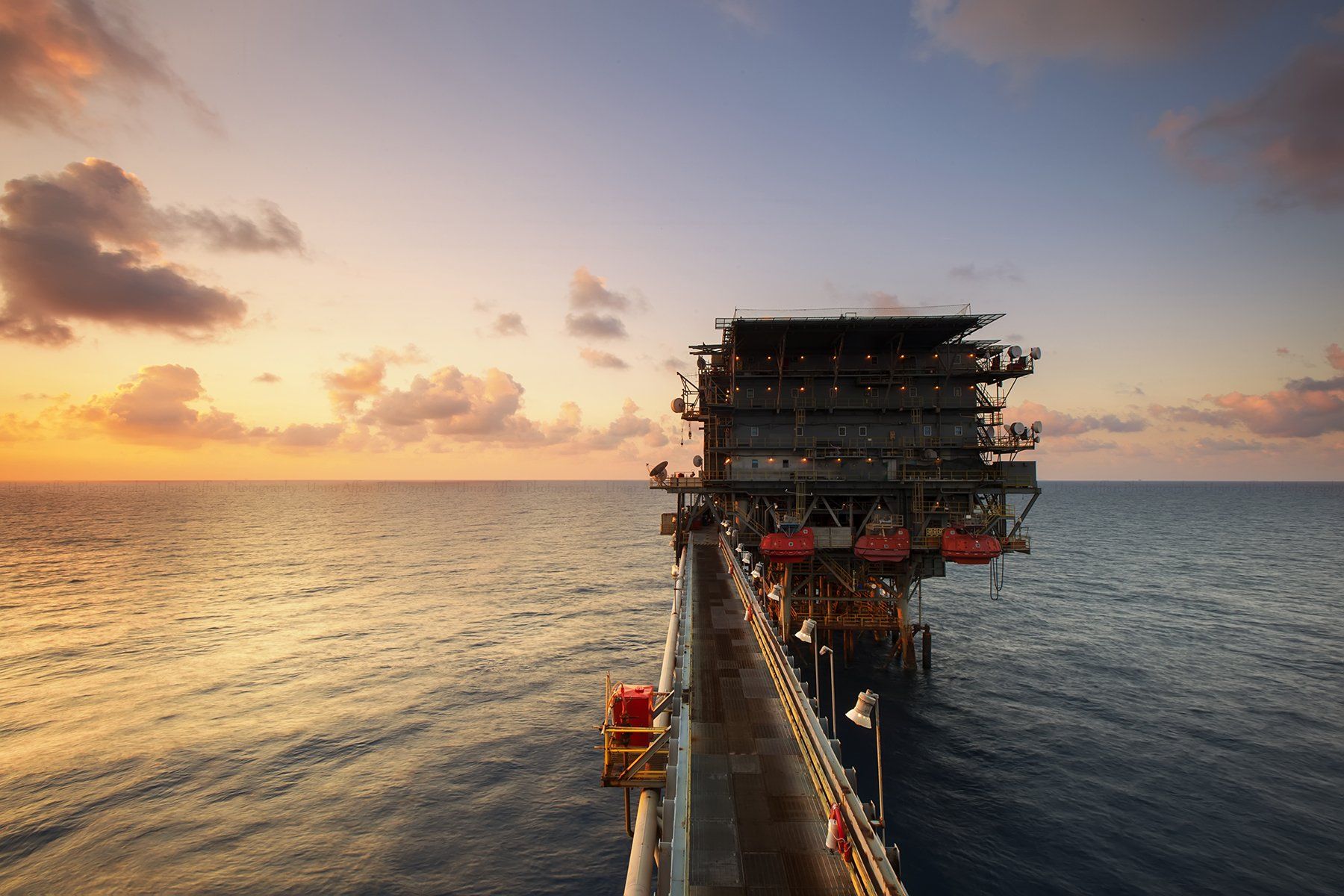
Any company involved in the international movement of goods to supply a project will be aware of the complex activity this involves.
Such complex supply will need input from a trade compliance specialist in the initial stages, even as early as bid/no bid as it is important to determine the nature of the goods supply, as well as the compliance data needed to support regulatory audit.
It is important to understand the definition of goods from a customs perspective, another specialist activity. Understanding the basic rules will help determine whether your goods will be subject to duty or other controls.
Definition of the higher-level goods against the tariff at bid/no bid stage is a good place to start. It will help decide whether any duty relief schemes are available to negate any duty payable. This may influence:
1. How you decide to move your goods,
2. What data control goods tracking methods could be needed to support compliance to any HMRC duty suspension authorisation
3. Whether an alternative supply route may lessen duty exposure
Having the right advice from trade compliance at the on-set is vital and should be woven into the procurement and supply processes from the beginning if it is to be successful.
A pragmatic approach to trade compliance will have positive impact on the costs. Good trade compliance advice can save a project a lot of money.
What if the project a UK company supports is a ship drilling platform needing continuous supply from and through the UK as the ship moves from one drilling site to another across the globe?
The first trade compliance consideration is how you manage and track the supply for two purposes
1.
Identifying duty saving methods for goods supplied to or through the UK. Are goods subject to a free trade agreement or preference origin? Could Inward Processing or Customs Warehousing be successfully employed and cost effective?
2. The oil and gas industries are heavily regulated. What measures are needed to ensure regulatory compliance for global supply?
Identifying supplied goods against the tariff is the key from the very beginning.
Top Tips:
• Identify the relevant goods tariff at the procurement stage.
• Identify supply against the UK Trade Tariff.
o Make it a contractual requirement for the tariff code to be identified on the supply documents.
• Make it part of the procurement process to check the applicable tariff before placing the goods order.
o Refer to your trade compliance officer for guidance on duty management at this stage. This may influence the terms and conditions of the purchase order, especially if an FTA or Preference rate can be claimed.
o Regulations require appropriate statements on invoices and supporting compliance paperwork on file for audit
• Make sure there is a log of import and export activity, and that this is log is available for regular audit.
• Make it a contractual obligation on the party you have contracted to make the customs entries that they check and accurately record the tariff.
• Implement a process for regular checks on compliance data provided by all parties involved in the supply chain
Controlled Goods Supply
When involved in the supply chain to a regulated industry it is important to be aware that UK export controls may apply. Identifying these controls can be difficult when faced with such a diverse range of goods from toilet paper, to chemicals, to rig maintenance spares.
The movement of controlled goods requires an export licence when the export is either directly from or through the UK or international delivery is organised by a UK company. The UK licencing authority is the Department for International Trade and licence application is made through their SPIRE system.
Underwater cameras and optical equipment with deep-dive capability are controlled if that capability is to a certain depth. Seismic and surveying equipment can also be captured for licence purposes. It is important to have some awareness of the controls and how to check for them.
For Dual Use goods the Trade Tariff will give pointers in the Chapter Notes for the given code.
Top tips:
1. Make sure that consideration is given in the early stages of the project that some goods could be subject to controls and identify those goods at high level from the onset. Controls could apply to the ultimate destination of supply, or goods passing through a restricted or embargoed destination.
a. Always check whether sanctions or an embargo could restrict goods supply. Gov.UK websites will give direction. This should be part of your due diligence process.
2. Communicate the possible controls on higher-level items to those involved with the supply.
3. Implement a process for checking dual use controls.
a. Ask the manufacturer rather than the supplier.
b. Identify personnel of ‘competent authority’ for training in use of the Dual Use controls lists. Engineering staff are best placed to interrogate the Dual Use Controls list. If your supplier is not the manufacturer, your own engineering staff could be best placed to advise.
4. Introduce a classification form as part of the purchase order procedure. Make the completion of this document a contractual requirement, even if it is confirmation that no controls apply.
a. Due diligence suggests that the information supplied may not be accurate. Use common sense.
5. Be prepared to capture other country controls. A drill imported from the US will be subject to US controls. US controls are another specialism
6. Keep records. Always file the supporting information for compliance purposes
Whatever the company approach is for managing the supply chain, communication to all participants is key. Trade compliance will affect all parties involved in the procurement and international supply of goods.
Awareness of the trade tariff is a sound start to the effective management of a compliant supply chain
Trade Tariff link
Strategic export controls lists – contains the Dual Use Controls lists
UK Open General Export Licence Oil and Gas Exploration Dual Use Items
While you are here you may be interested in some Strong & Herd LLP training courses related to this topic, we offer a wide range of high quality training courses to support all importing and exporting activities.
OneCall™ Email assistance as and when required; A one-call solution for all your import, export and customs enquiries. Export help. Import help. Customs help.
Stay informed about customs and international trade matters by subscribing to our OneCall™ service. This comprehensive offering includes a dedicated email helpline for support, timely practical updates direct to your inbox (Did You Know?), monthly UK Customs & Trade Briefings and access to an interactive members' area with an exclusive community for our subscribers.
International Trade Updates & Spotlight Newsletter
Subscribe to our free information emails covering international trade topics...
MORE INDUSTRY INSIGHTS...
© 2025
Strong & Herd LLP


